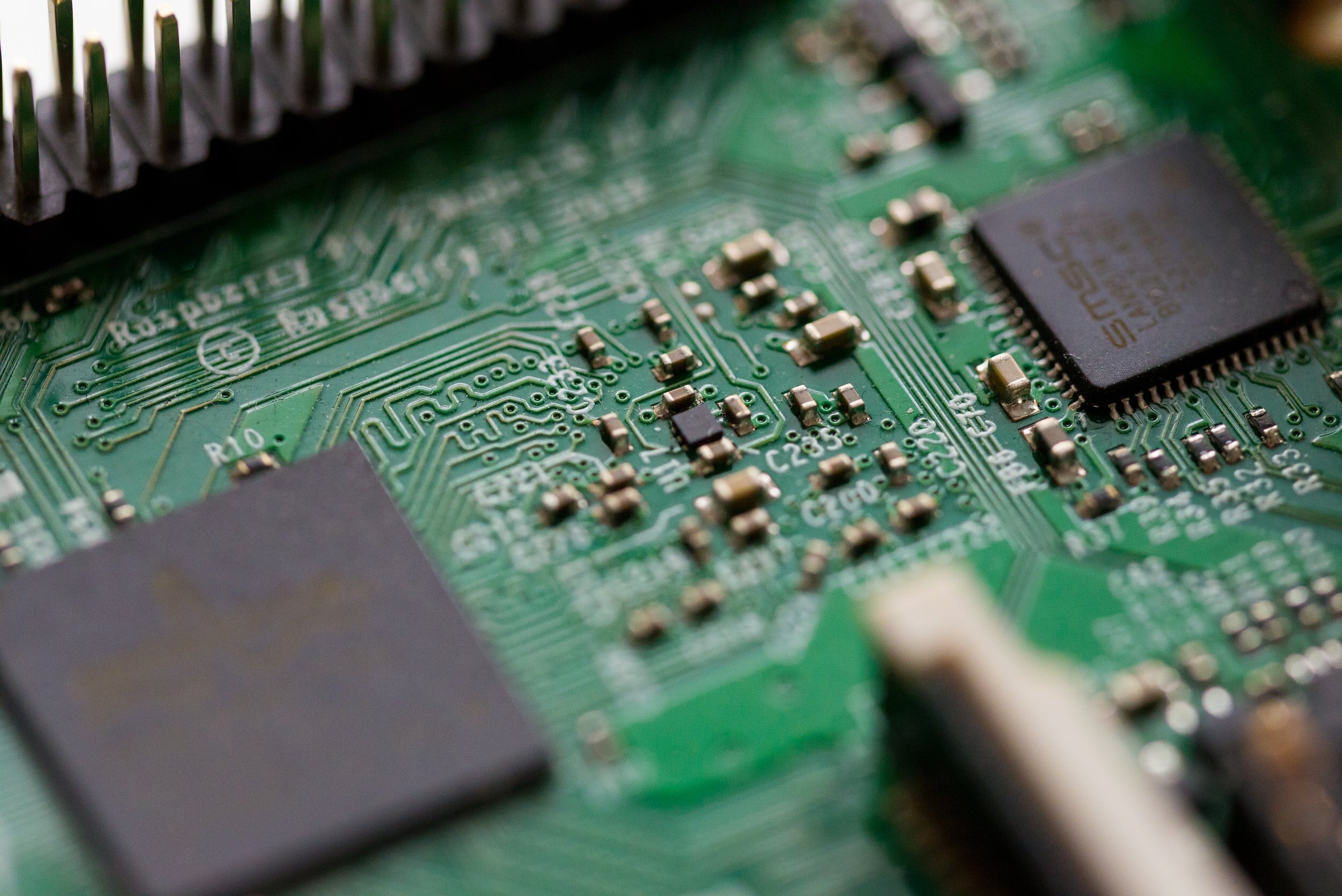Insidious E-waste: What is it and what items qualify?
Many of us think we can “get rid of” our electronics by throwing them in the trash. Unfortunately, this causes incredible destruction and harm to our environment.
We are one of the luckiest generations to be alive in an era where we have access to pretty much everything we could ever imagine. In general, the quality of life has never been better. A lot of this is due to having such great access to technology, and its prevalence in every aspect of our lives; bringing comfort and convenience to us. For example, I don’t have to start and monitor a fire to keep my house warm; I simply adjust my thermostat to the degree that makes me most comfortable and it does the work in monitoring itself.
Technology is something that we all depend on, and because of that, we cannot avoid it. I couldn’t even perform my regular 9-5 without consistent access to a computer and the accessories I use with it. This fact isn’t unique to just my personal experience, but even reading this article would be impossible without the device you’re using right now. How else could I engage with users from all around the world if it weren’t for the internet? As a user of technology, I am by default contributing to the electronic waste crisis. For many years, I have been ignorant of this crisis, and my unwillingness to learn has certainly contributed to devastating impacts on our environment and even people’s health.
So, What is E-Waste?
E-waste refers to our used electronics that are nearing the end of their life cycles. E-waste comes in a multitude of forms from batteries to cables to consoles to pretty well everything in between.
Most of our electronics that end up being disposed of are reusable to some degree. The goods can easily be recycled into new materials, as the recycling process doesn’t threaten the integrity of the properties. E-waste is a significant environmental concern because if these items are disposed of incorrectly, dangerous compounds can be released into our environment, causing chaos and devastation to our planet. There are countless benefits to recycling e-waste, including safe disposal, and the ability to recycle back into the manufacturing supply chain, while also alleviating our carbon footprint and dependence on mining new resources.
As a society, we have become accustomed to having the newest and most updated products on the market. We are always demanding faster, newer products and companies are happy to deliver. Having more products on the market allows them to acquire more income while their ‘newer’ products hardly change from their previous models. The cycle of consumer habits continues as we allow these companies to convince us that we need newer products. Beyond that, companies are preventing updates from being compatible with older models, and therefore the lifespan of their products is becoming increasingly shorter.
The amount of damage caused to our environment from e-waste ending up in landfills is incalculable. In 2016, 44.7 million metric tons of e-waste was generated globally. Stats Can says that, in 2012, Canada contributed to 14.3 million tonnes of e-waste alone. 2019 figures show us that on average around 50% of people in Canada dispose of their unwanted electronics at a local depot, though, on average between 40-50% of people are still throwing lights (including fluorescent tubes and lights containing mercury) in their trash cans. More than 80% of Canadians have unused electronics at home and, based on these statistics, we can expect 40-50% of these unused electronics to be disposed of incorrectly. These materials can be handled safely and effectively, though that can only happen if they are recycled correctly. All of these materials are highly dangerous and have devastating consequences and until we are all on the same page when it comes to recycling e-waste, we will continue to see the damage caused by improper e-waste disposal.
Beyond the impact that this causes on our environment, we are also causing damage to our personal health. E-waste can contain hazardous toxins, such as mercury and lead, that are extremely dangerous to our own human health. One study has proven that pollutants inhaled by employees at an e-waste recycling plant in Vietnam have resulted in high levels of dioxin-related pollutants in breast milk samples. Dioxins can cause long-term complications to the nervous, immune, and reproductive system, as well as being known carcinogens. It’s suggested that these compounds can remain in the human body for up to 11 years.
One fortunate thing is that Canada signed the 1992 Basel Convention. This program is an international regulation that monitors and tracks all importing and exporting of hazardous materials. This protects underdeveloped nations who may not have had the protections and awareness in place against the dangers associated with the job.
Despite having laws and standards in place, it is up to people and corporations to correctly and ethically manage their impact. Some companies have violated these regulations, even as recently as 2015. Electronics Recycling Canada was fined $40,000 for negligence when exporting electronic waste and not having a permit to do so. This isn’t the first time that companies have been charged for violating environmental laws, $40,000 is merely a slap on the wrist for some of the penalties that U.S.-based companies have been faced with for similar crimes.
What Items are considered e-waste?
So what really qualifies for e-waste? Regulations across the world differ, but in Canada, these are some of the things that you may dispose of at your local e-waste recycling centre. These items include: (though not limited to)
Display Devices
Drones
Non-Cellular Phones and Answering Machines
Desktop Computers
Portable Computers
Computer and Video Game Peripherals
Desktop Printers, Scanners, Fax Machines, Copiers and Multi-Function Devices:
Personal/Portable Audio/Video Systems
Non-Portable Audio/Video Systems
Home Theatre-in-a-Box (HTB Systems)
Vehicle Audio/Video and Navigation Systems
Cellular Devices and Pagers
Musical Instruments/Recording Devices
Used Batteries
Fluorescent Lights
Used Cables
The most fortunate thing is that e-waste recycling centres and drop-off depots are prevalent across Canada and most developed countries. This form of recycling has been around for so long and there are numerous options for you to have your waste dropped off or picked up within your local community.






















